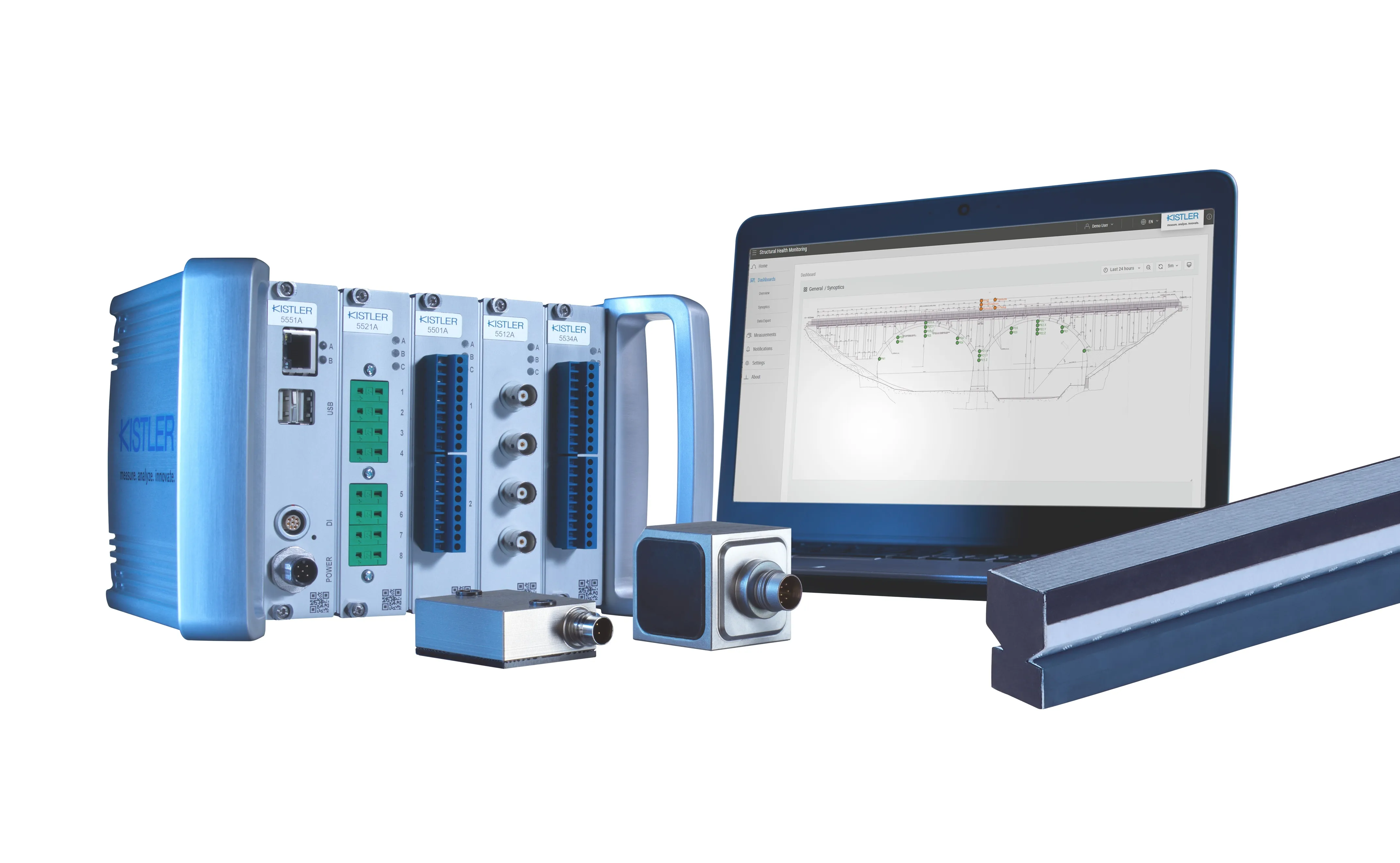Vaisala’s Windcap ultrasonic wind sensor WMT700 now includes an option for full-body heating of the unit, making it the ideal choice for monitoring wind conditions in extremely cold climates with heavy snow and ice. The sensor body, arms, and transducers can all be heated to minimise snow and ice build-up, to ensure high quality data acquisition and reliable operations. The device is a professional meteorological instrument that utilises ultrasound to determine wind speed and direction. There are no movin
November 7, 2013
Read time: 1 min
The sensor body, arms, and transducers can all be heated to minimise snow and ice build-up, to ensure high quality data acquisition and reliable operations. The device is a professional meteorological instrument that utilises ultrasound to determine wind speed and direction. There are no moving parts, allowing for low maintenance and providing the sensor with a long operational life.









